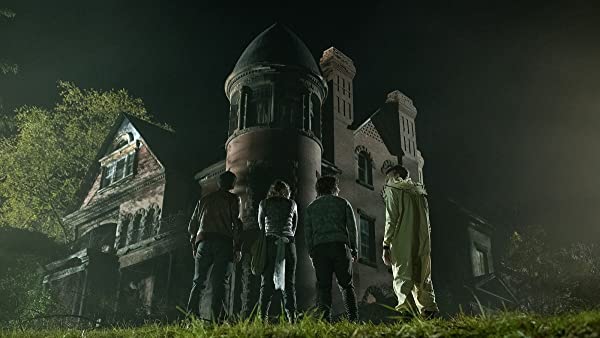
Scary Stories Seems To Be Part Of A Media Trend
Given recent movie adaptation trends, Scary Stories to Tell in The Dark has a lot of comparisons. Even attempting to evaluate it outside of context is semi-impossible because of its similarities. I’d call it a mash-up of Fear Street and the first Goosebumps movie, but the former is newer than Scary Stories. Consider also Stranger Things’ influence, and we’ve got ourselves a new subgenre: Paranormal Nostalgic Horror.
So, with all that in context, how is this movie? Well, it’s the perfect middle ground. Fear Street is not for kids, full of nudity and blood, and Goosebumps is quite tame. Scary Stories to Tell in The Dark skews rather dark for young adult horror but keeps its violence hidden enough to get away with its parental rating. Given the history of the books and their famously intense illustrations, it’s tonally correctly calibrated and makes it a more accurate adaptation for its morbidity.
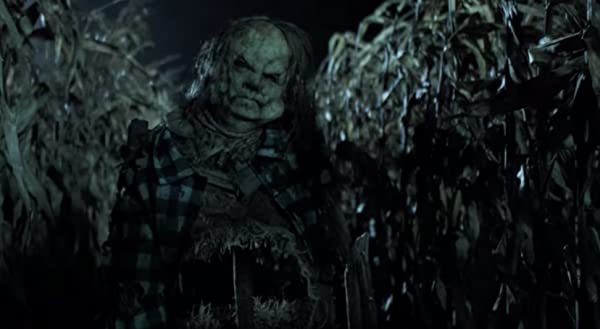
This Movie Being Shockingly Morbid Is On-Brand
But it’s also firmly within the structural confines of its contemporaries. It’s mostly scary moments and characters’ desperate attempts to research their way out of the problem. A tried-and-true formula found in Buffy, Supernatural, Ghostbusters, and a hundred others. If it wasn’t for the death and heavier subject matters, it’s got an almost Saturday morning cartoon vibe.
This would be semi-boring by that meta-repetition if it wasn’t for Scary Stories being (mostly) sharply written. The plot remains coherent despite its anthology disposition, flows well between plot points, and has enough variation in scenes to remain engaging. Fear Street took three movies to establish its lore, but Scary Stories does similar in meager-by-comparison runtime. There are a few info-dumps (especially in the haunted house), but it suited the “stories” part of the title. It also helps that it’s a disturbing and increasingly upsetting story.
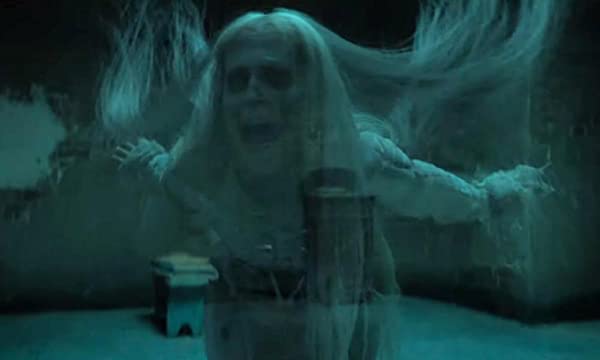
The Titular Scary Stories Are Not Just A Gimmick
Scary Stories also uses its central engrained framing device excellently. A haunted book that writes a new deadly story each night is not revolutionary, but the creative application of each attack is suitably tense and visually interesting. The red room scene takes the cake, with a nightmarish and mind-bending concept being communicated in a way that’s easy to imagine oneself facing. CGI horror monsters often lose a lot of their menace (this movie’s “Jangly Man” suffers the same), so the amount of seemingly practical costumes is a welcome choice. As expected by anything Guillermo del Toro touches, the monsters move in a skin-crawling manner. The subtle smile from the Pale Lady was all it took to sell me on her threat level.
The human characters are also solid—for opposite reasons. Scary Stories has mastered the art of making big character implications (and building empathy) without needing to spell it out much. Sparse dialog, actors’ performances, and even the simple items some characters own inform who they are. This shadow puppet approach is most effectively used to establish a heart-rending relationship between Stella and her father in a few interactions, and one devastating phone call.
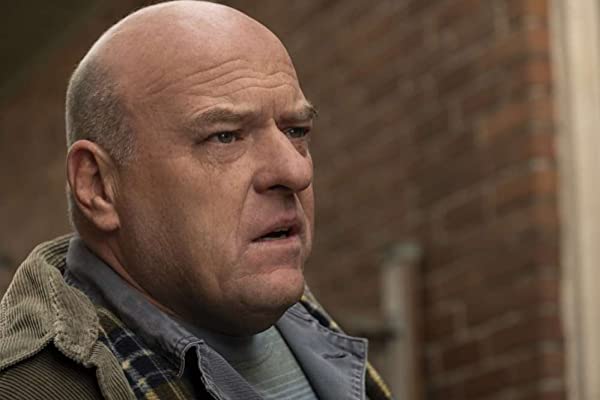
Scary Stories Has Simple But Likeable Characters
The core of this though is making sure the friends feel like friends. And, mostly, the two boys feel very much like they’ve known each other for a while. You can tell they platonically love each other, even if they don’t know it. There’s a level of teasing that feels rather genuine, if not healthy. How they connect to Stella, though, is less strong. She has an air of tagalong, which is likely intentional, but unmooring for their group moments. Besides the previously mentioned connections to her dad, Stella’s biggest social connection is instead Ramon. And, for a vastly under-explored romance, the actors establish a lot of character chemistry. The two seem to understand each other and are constantly teetering toward kissing.
When not in a state of panic or paranoia, Ramon has a laid-back vibe that makes him likable in a completely different way from the otherwise nerdy main characters. A lot of subtle facial acting from Michael Garza gets across almost as much character as his dialog.
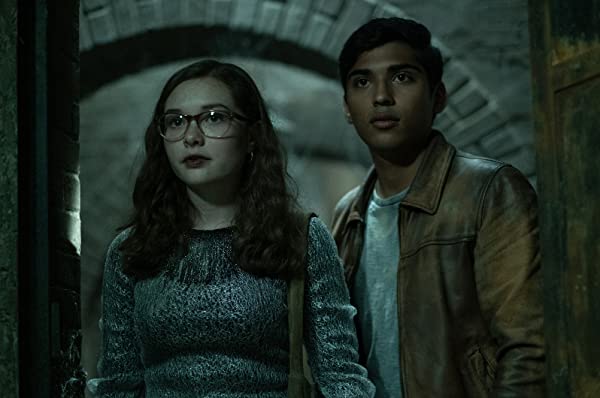
The Actors Make This Movie As Good As It Became
But mentioning Ramon leads to the military draft. The thing no critic can truly avoid talking about with this movie. It’s a topic I feel ill-equipped to dig into and even this tentative discussion will contain spoilers, so skip the next paragraph if needed.
Scary Stories has an odd connection to its political commentary. Besides landing on extremely heavy topics to varying degrees (racism, abuse, torture, gaslighting, and horrible mistreatment of women, to name only some), the movie also explores era-specific political events. The draft for the Vietnam War and Nixon’s election is in the background constantly. The movie really wants you to know about it. But the draft aspect is mostly distracting—and the subtext/thematic parallels are hard to parse. Having inherent commentary is often a feature of horror, but Scary Stories hits so many options and doesn’t explore any of them deeply. I can’t speak on their verisimilitude or how faithful to lived experiences the snippets are, but they remain only threads on a tapestry of otherwise straightforward horror.
Despite all this, when Scary Stories to Tell in The Dark is running on all cylinders it makes for a fun and memorable horror film. A perfect choice for Halloween or a rainy weekend in need of some spooks. The likable main cast, lack of intense gore, and strong cinematography make for a solid enough horror experience for fans at most levels of genre familiarity. If you intend to venture into horror, this makes for just as good an introduction as any of its contemporaries.
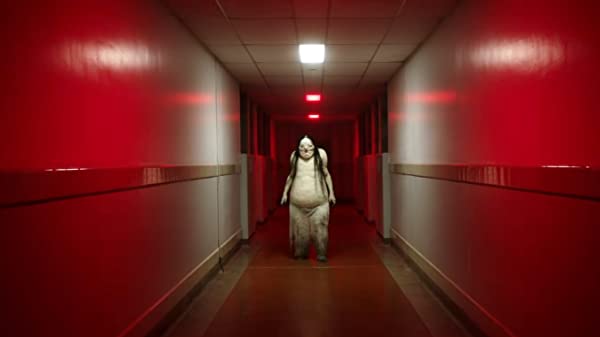
Possibly Related Posts:
